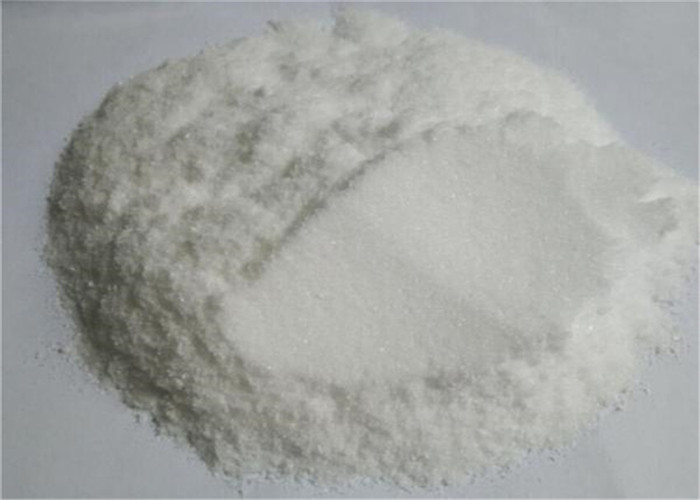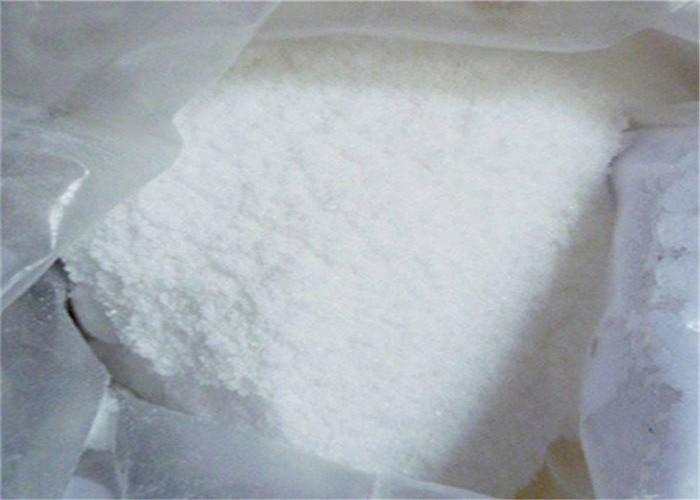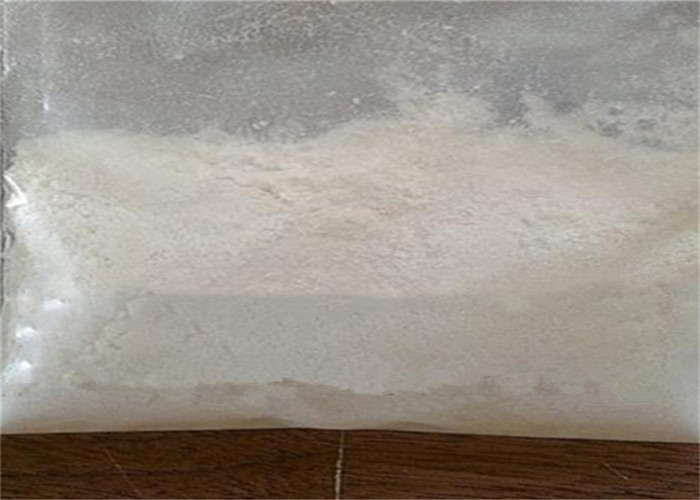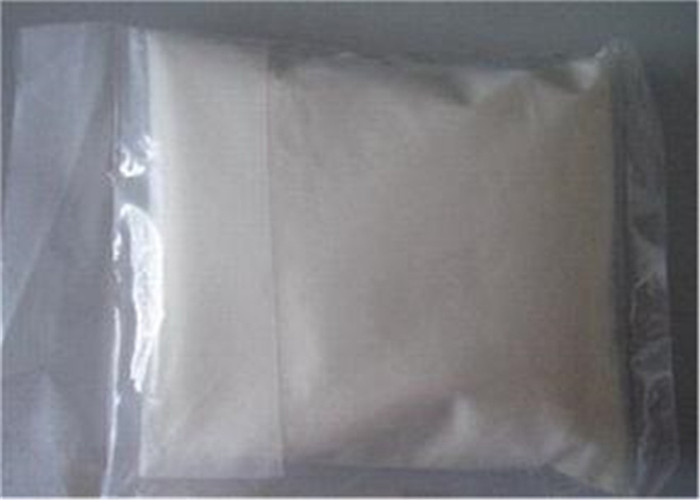98% Purity Thiosemicarbazide Powder CAS: 79-19-6 Used For Analytical Reagents
Supériorité
Zhongshan Latterson Biotechnology Co., Ltd., est une entreprise pharmaceutique complète, qui s'est spécialisé dans la technologie biopharmaceutique 7 années. L'entreprise est située dans la ville de Zhongshan, Province de Guangdong , Chine.
Notre usine couvre une superficie de 33500 mètres carrés, avec un environnement propre et une belle mise en page. Il existe plusieurs ateliers de grande ou moyenne taille et un centre d'assurance qualité et de recherche avec un équipement de pointe. Maintenant, nos principaux produits sont des séries de stéroïdes anabolisants, Série peptidique, Série d'anesthésie locale. Nos produits atteignent le niveau avancé du marché intérieur, dont beaucoup atteignent la norme internationale, les certificats contiennent: KASCHER , ISO 9001:2008 , BPF , SGS.
Détails de base:
Nom du produit: Thiosemicarbazide
Synonymes: 1-Amino-2-Thiourea;1-amino-2-thiourea(thiosemicarbazide);1-Aminothiourea;2-
Thiosemicarbazide;3-thio-semicarbazid;ai3-16319;Aminothiourea;aminothio-urea
CAS: 79-19-6
MF: CH5N3S
MW: 91.14
EINECS: 201-184-7
catégories de produits: Intermédiaires pharmaceutiques;organic sulfide;Pharmaceutical
intermediate;Building Blocks;Chemical Synthesis;Organic Building Blocks;Soufre
Compounds;Thiocarbonyl Compounds;Indolines ,Indoles
Point de fusion 180-183 °C (déc.)(éclairé)
température de stockage. Poison room
form Powder
color White to light yellow
PH 5-7 (50g/l, H2O, 20°C)
Water Solubility soluble
Appearance white crystalline solid
Uses As a reagent for detection of metals.
General Description N-Aminothiourea is a white crystalline powder and is odorless. N- Aminothiourea is used as a reagent for ketones and certain metals, for photography and as a rodenticide. N-Aminothiourea is also effective for control of bacterial leaf blight of rice. Not a registered pesticide in the U.S. N-Aminothiourea is a chemical intermediate for herbicides and a reagent for detection of metals. Reactivity Profile Isocyanates and thioisocyanates are incompatible with many classes of compounds, reacting exothermically to release toxic gases. Reactions with amines, aldehydes, alcohols, alkali metals, ketones, mercaptans, strong oxidizers, hydrides, phenols, and peroxides can cause vigorous releases of heat. Acids and bases initiate polymerization reactions in these materials. Some isocyanates react with water to form amines and liberate carbon dioxide. Base-catalysed reactions of isocyanates with alcohols should be carried out in inert solvents. Such reactions in the absence of solvents often occur with explosive violence. Health Hazard N-Aminothiourea is highly toxic by ingestion. May induce goiter and cause delayed toxic effects in blood and skin. May be mutagenic in human cells.Fire Hazard When heated to decomposition, very toxic fumes of sulfur oxides and nitrogen oxides are emitted.
| La combustion des graisses(poudre brute) |
| T3 (Liothyronine Sodium) |
| T4 (L-Thyroxine / L-Thyroxine Sodium salt) |
| L-Carnitine |
| Theobromine |
| Synephrine |
| Synephrine HCL |
| Rimonabant |
| Lorcaserin HCl |
| CLA (Conjugated Linoleic Acid) |
| Orlistat |
| Calcium Pyruvate |
| DMAA (1,3-Dimethylpentylamine HCL) |
| L-Citrulline |
| |
| Autres produits en vente chaude (Poudre brute) |
| TUDCA (Acide tauroursodésoxycholique) |
| GBL (Y-Butyrolactone) |
| 1,4-Butanediol |
| Minoxidil |
| Mélatonine |
| Trétinoïne |
| Sunifiram |
| Prégabaline |
| Phénacétine |
| Paracétamol |
| Lévamisole HCL |
| Pirfénidone |
| Épinéphrine HCL |
| Prégnénolone |
| Bromhydrate de dextrométhorphane monohydraté |
| Argireline |
| SNAP-8 1mg/flacon |
| Théophylline |
| Diclofénac sodique |
| Sel de sodium de tianeptine |
| Noopept |
| Mononucléotide bêta-nicotinamide |
| Propionate de clobétasol |
| polyéthylène glycol(CHEVILLE) |
| Kétoprofène |
| 1,3-Chlorhydrate de diméthylbutylamine |
| Polyvinylpyrrolidone |
| Baricitinib |
| Diprophylline |
| Aminophylline |
| Tianeptine |
| Sulfate de tianeptine |













 Directeur commercial
Directeur commercial